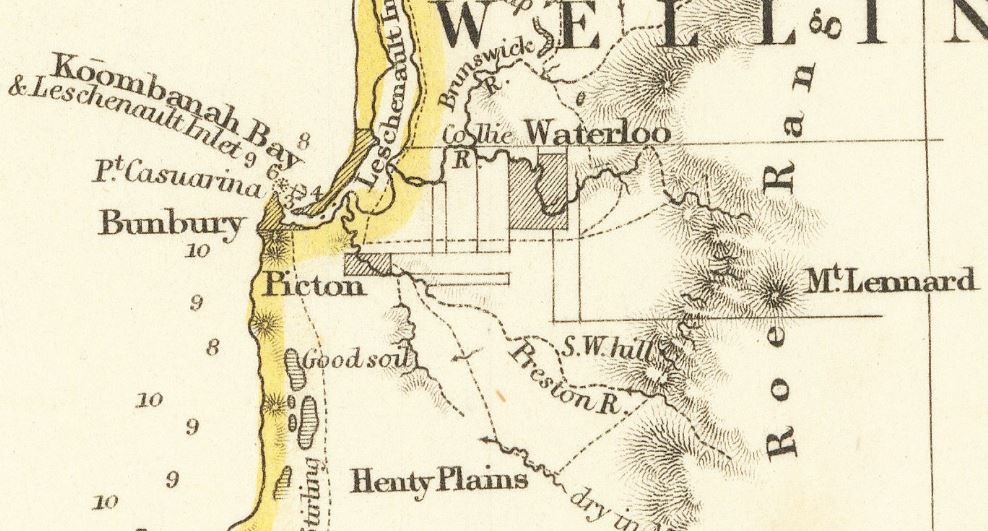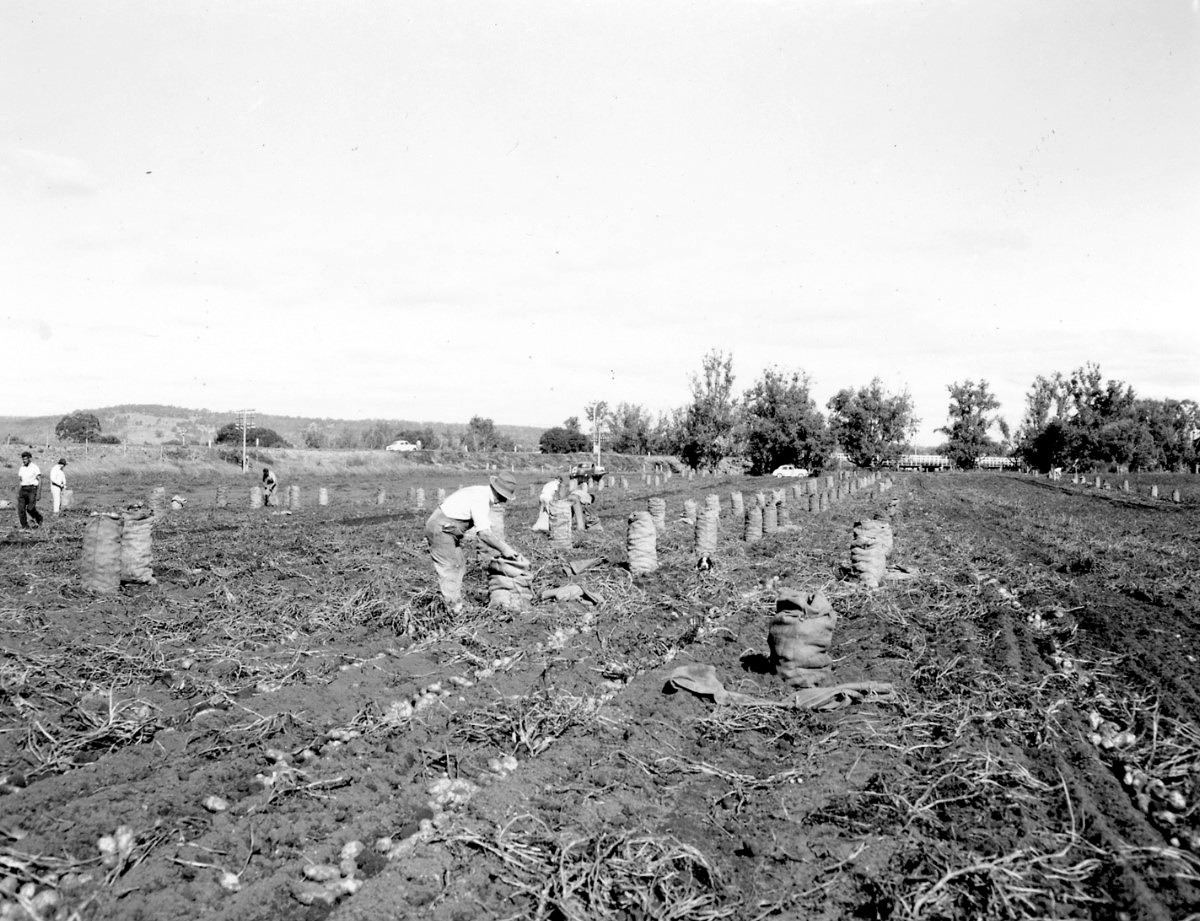
Roelands History
We are Heroic Surveyors
Roelands, originally known as Collie River Crossing or Collie Siding, is named after Western Australia’s famed Surveyor General, John Septimus Roe.
Europeans first ventured into the land to the east of Bunbury (Port Leschenault) in November 1829, when Dr Alexander Collie and Lieutenant William Preston spent time exploring the Leschenault Estuary and the mouths of what were soon afterwards named the Collie and Preston rivers.
The following year, interested settlers accompanied Roe on another expedition through the areas now known as Roelands, Waterloo, Burekup, and the Preston Valley. Among others, the party included Dr Alexander Collie, Lieutenant William Preston, Lieutenant Governor James Stirling and James Henty.
The first significant farm was Roelands Park, owned by the Rose family.

Farming at Roelands
European settlers took up land around Roelands in the early 1840s with much of the land to the north and west of Roelands settled by the Gardiner and Gibbs families, and that to the south and east to the Rose and Clarke families. Initially, little income was earnt after the trees had been cut down for timber. Cattle were grazed, but as the native shrubs were not good fattening fodder.
This changed with the discovery of the value of superphosphate in about 1875. Roelands soon became a centre for potato growing using the popular ‘Delaware’ variety of potato.

Roelands Rail History
The town site came to life after the Perth to Bunbury railway went through in the 1890s. At that time, it was known as Collie River Crossing and later Collie Siding.
Because of confusion with the town of Collie gazetted in 1897, the name was changed to Roelands after the nearby farm originally granted to John Septimus Roe.

Roelands Native Mission
Roelands Native Mission, now Roelands Village, is recognised as a place of significant State Heritage historic value, used to house Aboriginal children from the Stolen Generations.
Originally, the 3.750 acre farm was the Chandler Home for Unemployed Boys, established by Peter Bell in 1928. In later years, Bell created the Roelands Native Mission Farm, which was intended to be a self-sufficient, sustainable farm for Aboriginal families.




